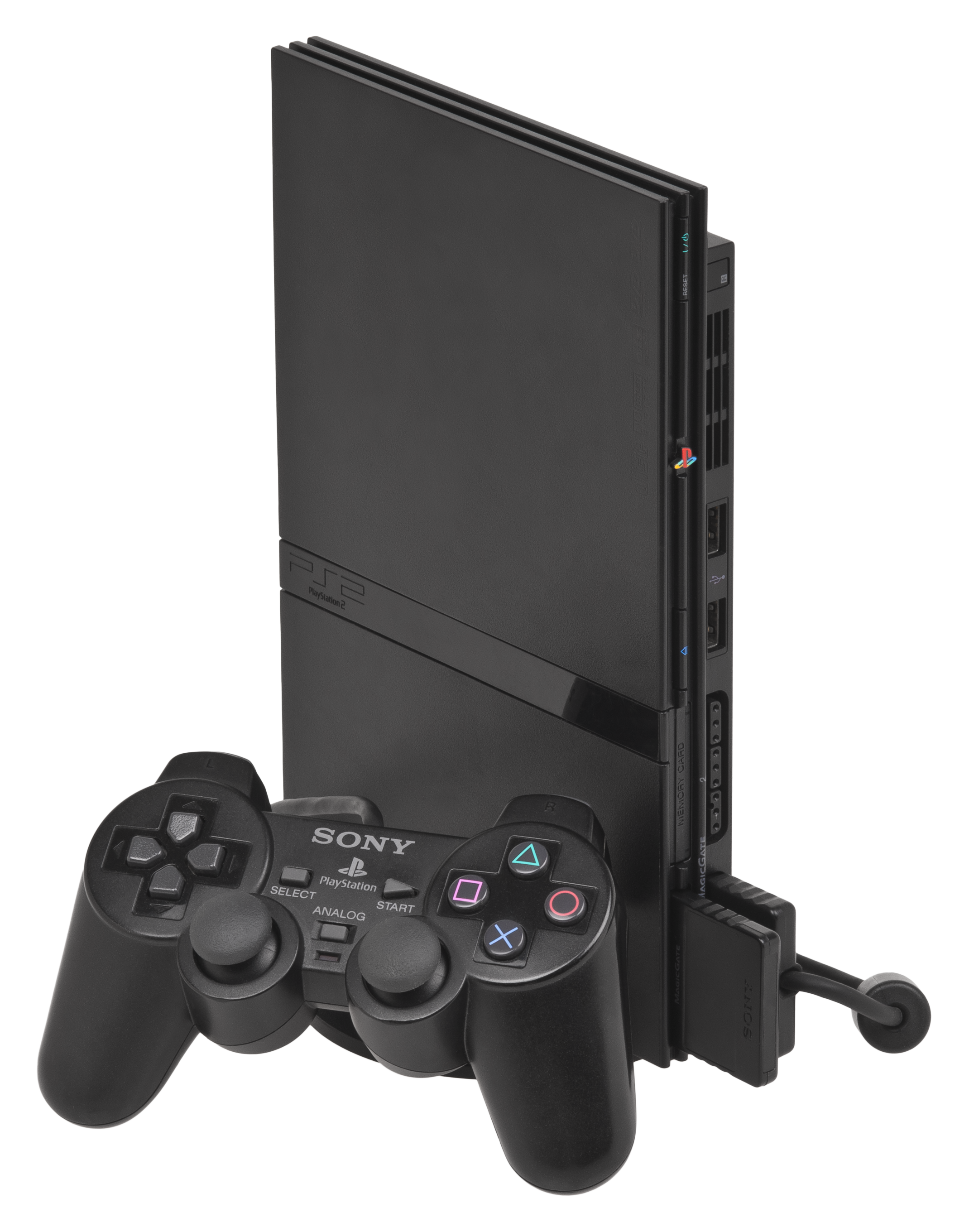So, I watched this video and I'd like to know if it's possible to run OPL via SMB while using a 2.5" USB 3.0 1 TB external HDD connected to a nano router instead of an USB flash drive like on the video.
The nano router would be connected to the PS2 via USB Y-cable to both USB ports or to the PS2 via self-powered USB hub because the console mightn't provide enough energy to power it and the 2.5" external HDD and then the nano router's power supply wouldn't be needed.
If this doesn't work, I'll try using the nano router with its power supply instead of using an USB Y-cable to connect it to both PS2 USB ports or using a self-powered USB hub to connect it to the PS2 and then I'll connect an USB 3.0 flash drive to the nano router like in the video.
The nano router would be connected to the PS2 via USB Y-cable to both USB ports or to the PS2 via self-powered USB hub because the console mightn't provide enough energy to power it and the 2.5" external HDD and then the nano router's power supply wouldn't be needed.
If this doesn't work, I'll try using the nano router with its power supply instead of using an USB Y-cable to connect it to both PS2 USB ports or using a self-powered USB hub to connect it to the PS2 and then I'll connect an USB 3.0 flash drive to the nano router like in the video.
Last edited by Windows_10_User,




